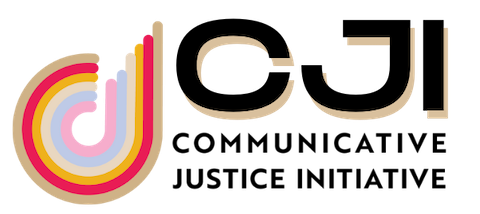This activity is about Digital Literacy and Information. Students will discuss circles of trust- who do they trust in their lives and why? They will display curiosity and courage in talking about this together. Learners will also think about how this relates to processing information that they receive from social media, emails, texts, etc. They will learn to evaluate information that they are exposed to more carefully. Finally, learners will have the opportunity to play the part of a journalist by picking a topic and presenting it to the class.
Contributors:
Circle of Trust
Activity Goals
This activity is about Digital Literacy and Information. Students will discuss circles of trust- who do they trust in their lives and why? They will display curiosity and courage in talking about this together. Learners will also think about how this relates to processing information that they receive from social media, emails, texts, etc. They will learn to evaluate information that they are exposed to more carefully. Finally, learners will have the opportunity to play the part of a journalist by picking a topic and presenting it to the class.
Key Objectives
SD.7 Use comparative language
SD.8 Use language that expresses preference PD.3 Gather information
PD.4 Summarize information
PD.5 Evaluate argument/claims
DS.1 Tell a data story
CC.6 Display leadershipSD.2 “Make data messy”
SD.7 Use comparative language
SD.8 Use language that expresses preference PD.3 Gather information
PD.4 Summarize information
PD.5 Evaluate argument/claims
DS.1 Tell a data story
CC.6 Display leadership
Steps
Discuss the idea of a ‘circle of trust’-Teacher can ask- How do you say this in your other language/s?Doesthis idea exist in other places? Teacher gives examples of who might be in your circle of trust- doctors, family, friends, teachers, important members of the community, an employer.
Students talk about their own circles of trust and identify reasons that the circle is there: identify which individuals they trust very much, which individuals are reliable, Is someone more or less reliable than someone else? (use comparative language).
Also discuss people who they don’t think are reliable or who they don’t trust.
Next, have students physically play with the circles that they have made: move them around according to:
How close they are to them? How often do they see them?- frequency, and How much do they trust them?-
intensity.
Learners then share their ideas about their own circles of trust with the class.
Teacher might invite a guest speaker to talk about processing information or the teacher could speak about
this themself.
When exposed to information through social media, texts, emails, how do we know if this information is
reliable or ocial?
Teach strategies to look at news more closely and learn to evaluate headlines.
Show examples of short news articles in English and possibly in other languages and examine them together
Next, have students take on the role of the journalist.
In groups they will choose a topic that they would like to present to their community.
Questions to ask:
What is your message? Why do you want to share it? What are others expected to do with that information?
Spend time writing- begin with developing a headline, and write the most important information in a short
paragraph.
Finally students will share their news with the class.

